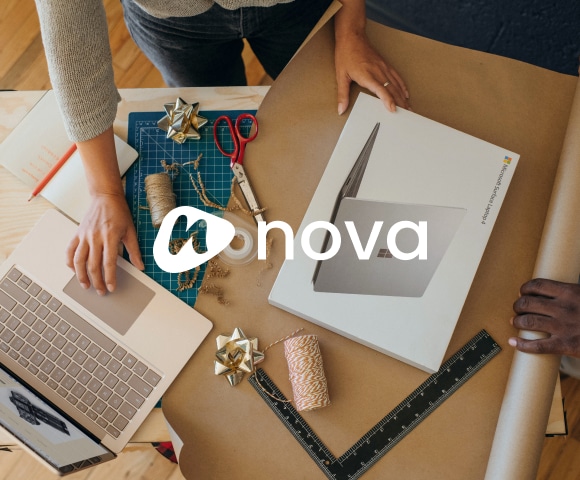Case study
Front – Multipurpose Responsive Template
UV offers online retailers a suite of services including payments, marketing, shipping and customer engagement tools.
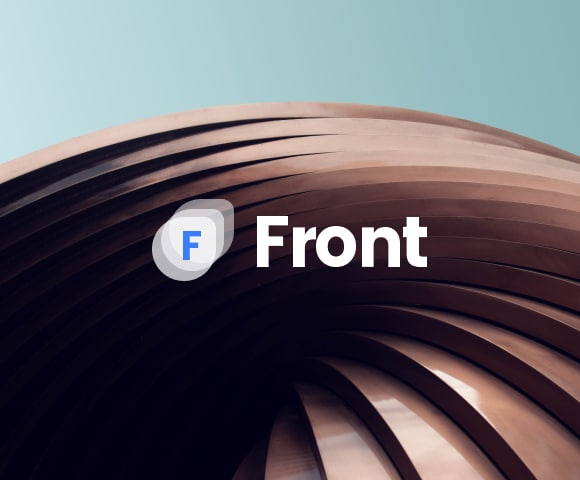
Headquarters
Ottawa, Ontario, Canada
Founded
2006
Industry
E-commerce
Founders
Tobias Lütke, Daniel Weinand, Scott Lake
Area served
Worldwide
Revenue
$1.578 billion (2019)
Company size
5,000+
Client
UV Inc. is a Canadian multinational e-commerce company headquartered in Ottawa, Ontario. It is also the name of its proprietary e-commerce platform for online stores and retail point-of-sale systems. UV offers online retailers a suite of services including payments, marketing, shipping and customer engagement tools.
Problem
UV was founded in 2004 by Tobias Lütke and Scott Lake after attempting to open Snowdevil, an online store for snowboarding equipment. Dissatisfied with the existing e-commerce products on the market, Lütke, a computer programmer by trade, instead built his own. Lütke used the open source web application framework Ruby on Rails to build Snowdevil's online store, and launched it after two months of development. The Snowdevil founders launched the platform as UV in June 2006.
In June 2009, UV launched an application programming interface (API) platform and App Store. The API allows developers to create applications for UV online stores and then sell them on the UV App Store.
Solution
UV partnered with Unify to completely rebrand and launch UV's new website, marketing platform and product suite.


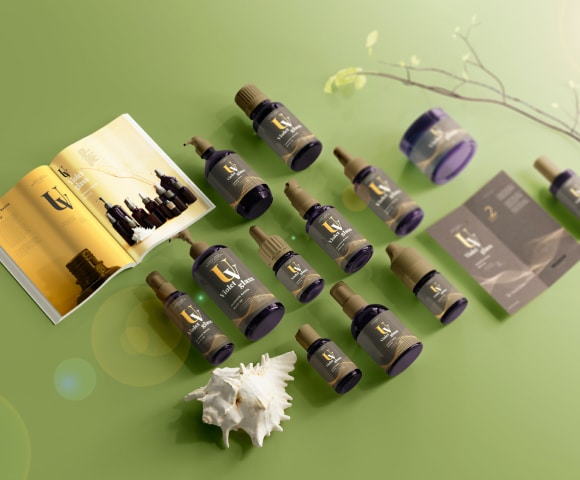
Website, marketing platform and product suite
We designed and built a new website for UV from the ground up, introducing new functionality that vastly expanded opportunities for the content marketing team — through case studies, a media rich blog and gated content, all with multi-language support.
Our development team integrated the website into a custom-built WordPress CMS environment, providing the marketing team with complete control to create new pages, copy and re-order sections with ease, and without the need for a developer.
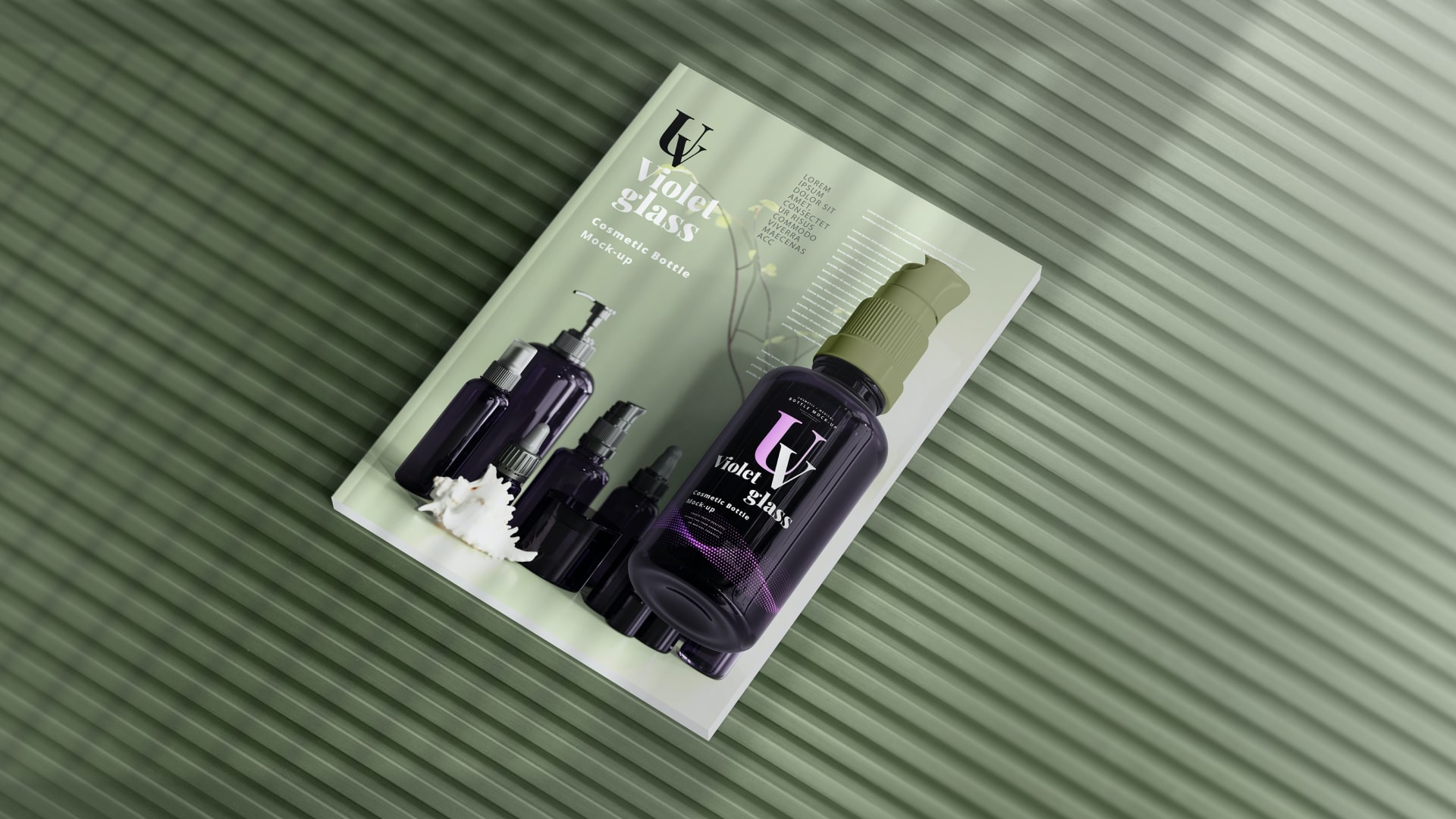


Creating a new brand
We developed a new visual identity for UV including iconography, illustration, color scheme, typography, and the design of a new logo. We supplied extensive brand guidelines to support the marketing team in all future brand executions.
UV's brand positioning is centered on the concept of “freedom to create” — meaning that by shortening the learning curve for video creation, it opens up greater possibilities and creative potential to everyone. We developed the new visual identity to embody this sense of freedom.
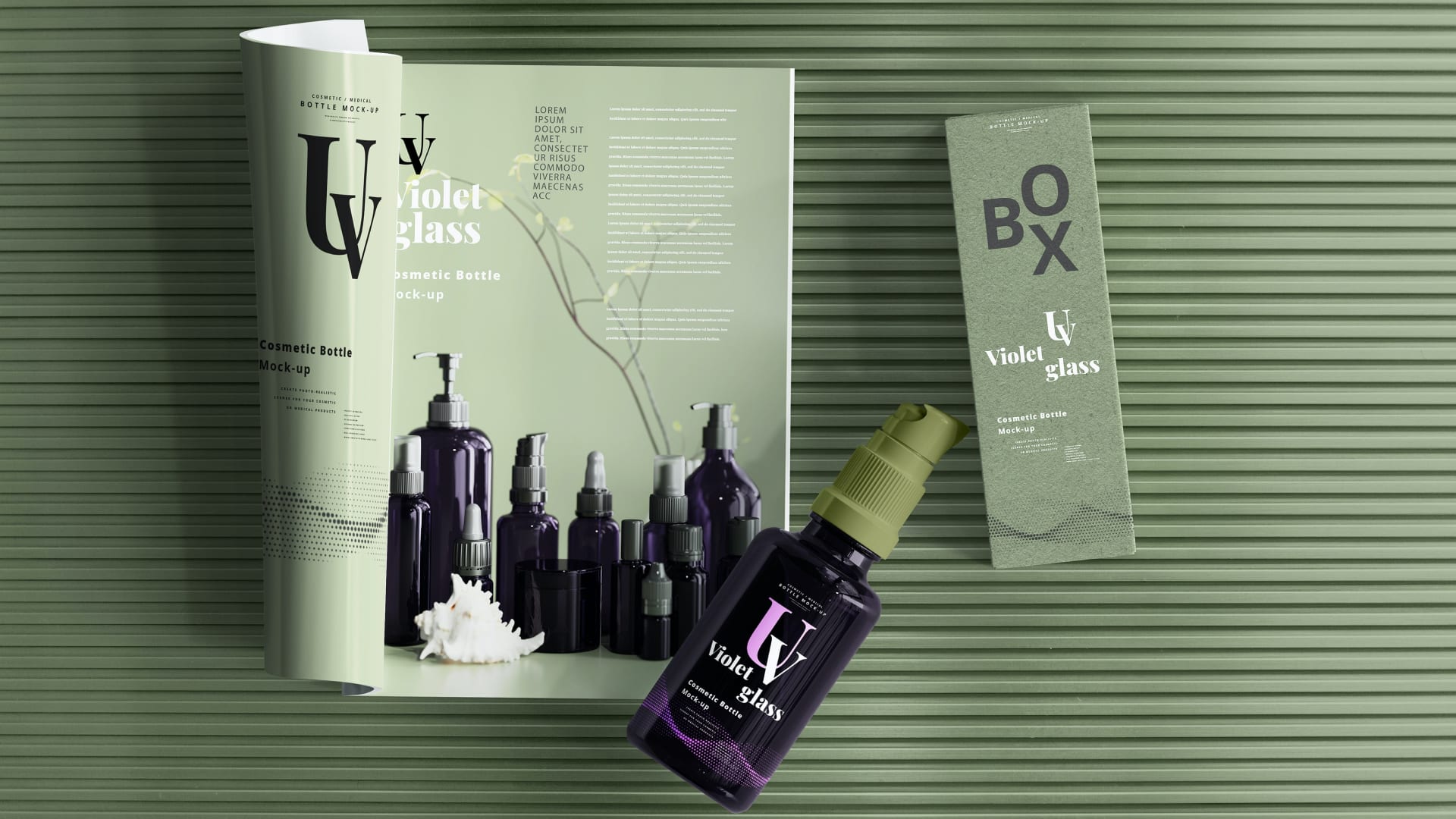
Result
After 8 months of collaboration we successfully launched the new UV brand and website integrated into a custom-built WordPress CMS environment. With the launch and continuous optimisations we managed to increase website sessions, conversion rates and increase time spent on the website..
705%
Increase in website sessions comparing 5 months before and after launch
302%
Increase in conversion rate comparing 3 months before and after launch
84%
Increase in time spent on website
Branding
- Style exploration
- Identity development
- Visual language + Art direction
- Brand guidelines
Human Experience Design
- Marketing website
- Newsletter modules
- Design system
- Product Images
Development
- Front-end development
- Website development
- Custom WordPress CMS implementation
- Quality assurance

